Interdependencies within and between national economies make global and national systems – like financial networks or the world’s food chain – increasingly susceptible to disruption. A factory fire in one corner of the globe might create a supply chain domino effect – halting production of finished goods worldwide. MIT engineering instructor Yossi Sheffi warns that a breach of environmental standards by an obscure, deep-tier supplier might threaten the reputation of firms further up the chain. getAbstract recommends his forward-looking overview to leaders and risk managers – especially in large firms – who are building the response capability to deal quickly and effectively with disasters and disruptions.
Risk
Organizations navigate an increasingly complex and interdependent world. Exports of goods and materials steadily rocket upward. Container ships carrying goods more than doubled their capacity from 1999 to 2013. Materials move between nations as sophisticated computer and communications networks extract inefficiencies from the system, lowering costs while heightening risk.
Risk exists throughout the supply chain. A final product often relies on tiers of providers scattered worldwide. Few end producers have visibility into the workings of their deep-tier suppliers. This leaves them, their customers and the economy vulnerable to natural disaster, acts of sabotage, network failure, labor issues, financial crises, political interference and cyberattack. With scant inventory due to made-to-order practices, a thin margin of error and many “moving pieces,” firms face exposure and risk. The global supply chain binds the world so closely that a large earthquake inflicts almost as much damage 10,000 miles from its epicenter as it does 10 miles away.
Japan, 2011
The 2011 tsunami in Japan caught governments and companies by surprise. A 9.0-level earthquake in...









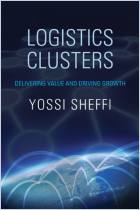
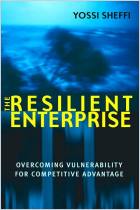
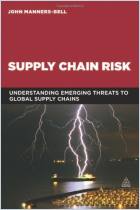
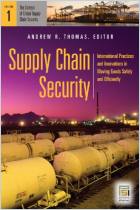

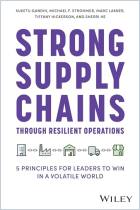
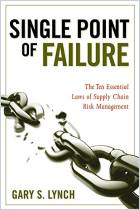
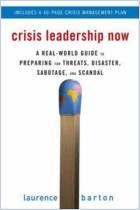

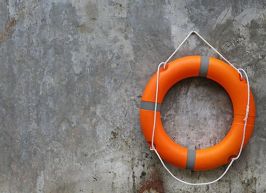

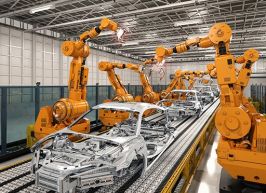

Comment on this summary or Iniciar a Discussão